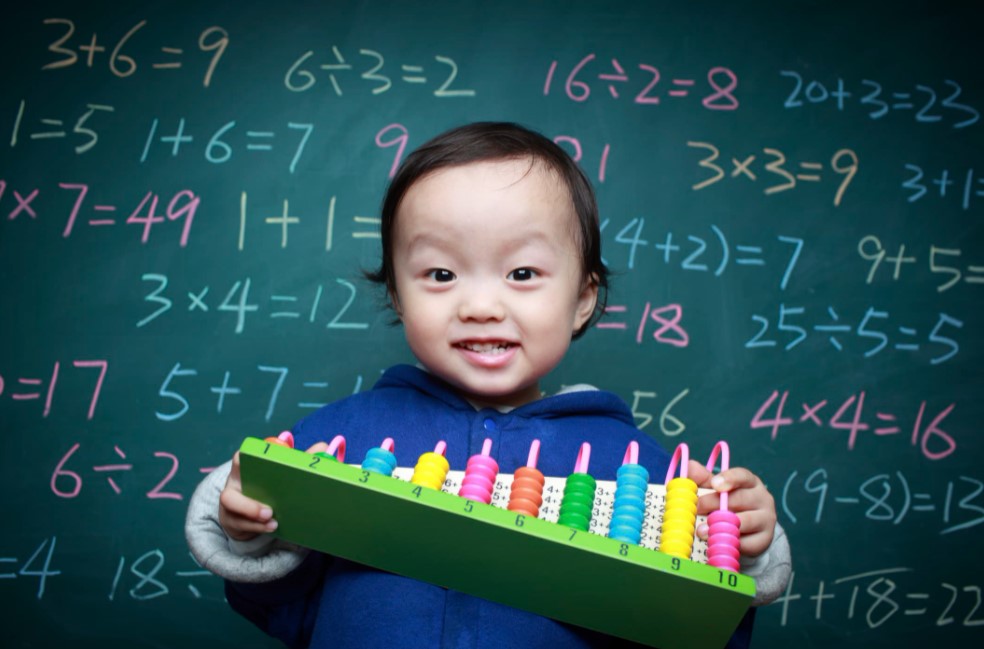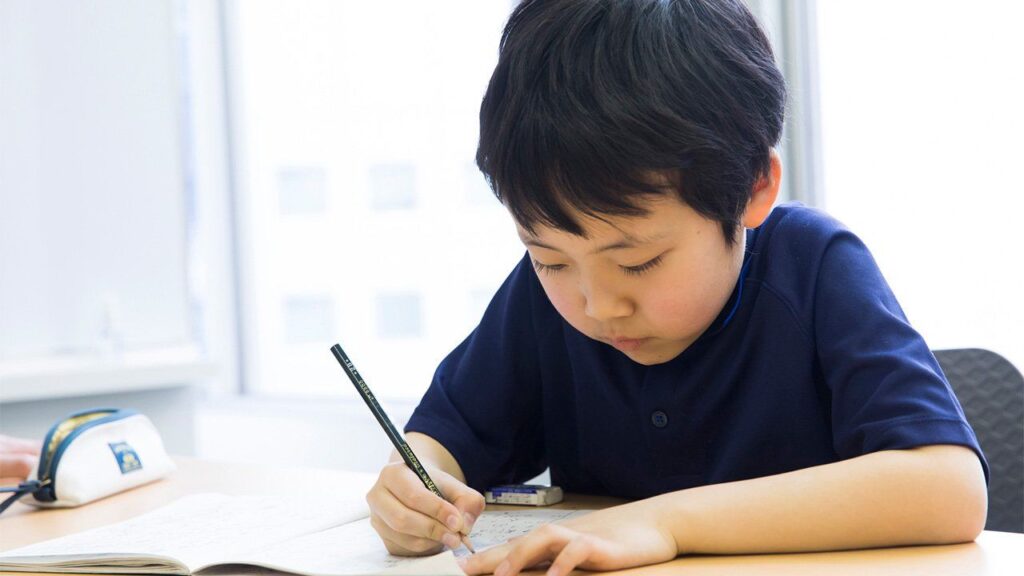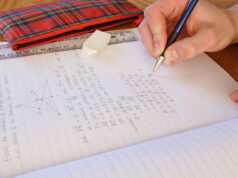Over the past few years, there has been a stir in international educational circles because of the innovative method of teaching elementary math from Singapore. Some experts and parents may think that the Asian curriculum may be difficult and confusing for American and European children. But in fact, it has been around for almost 40 years and for half that time has been used successfully in some American schools. What is the secret of Singapore Math? Does it really simplify the understanding of the subject? What is so special about this method that it can offer our children that we haven’t thought of ourselves?
A little history
Until 1981, Singapore used foreign math textbooks for the primary grades until the Curriculum Planning and Development Division (formerly the Curriculum Development Institute of Singapore) began developing a new national curriculum under the supervision of the Ministry of Education. It was introduced in 1982 and is now available in all schools throughout the country. The series of textbooks named “Primary Mathematics” was intended to teach children from kindergarten to 6th grade. Ten years later, the content of the textbooks was revised (and it was the first and last incident so far) to put even more emphasis on problem-solving.
An explosion of popularity and distribution overseas

The first international evaluation of the new program came in the Trends International Mathematics and Science Society (TIMSS) study, which analyzed math achievement among 4th and 8th graders from various countries. Each year, Singaporean students came to the researchers’ attention as having one of the world’s highest scores. In 1995, 1999, and 2003, they were the best among all their peers, proving the effectiveness of the national mathematics program. Hence the interest in Singapore Mathematics (especially the basic level) from mathematicians and educators in other countries.
The first step in actual popularizing math from Singapore was the creation of Singapore Math Inc. in 1998. It was founded by Jeff and Dawn Thomas in Oregon, USA, to distribute Singapore math textbooks. After testing the method on their child, they began offering the books to schools and parents of homeschoolers all over the United States. Not all of them were ready for the innovation, and that’s why the program has had its detractors, who consider Singapore math unacceptable for teaching in the United States. Nevertheless, it got supporters who could adapt and incorporate the method into the educational curriculum. Gradually, Singapore Math was accepted in some schools not only in the United States, but also in Great Britain, Canada, and Israel. According to statements from these schools, student achievement has actually improved.
The Program Features

The main goal of Singapore Math is not to coach students on the “math formula-solving” principle, but to fully immerse them in mathematical concepts in search of answers to “how it works” and “why it works.” It’s no coincidence that in designing the program, experts have favored a more in-depth study of each topic rather than covering as many concepts as possible. In short, Singapore Math teaches children to understand and speak the “language of math” instead of giving them a useless phrasebook.
Skills are trained through a three-step learning process:
- Concrete
- Pictorial
- Abstract
With this seamless transition from concrete to abstract, children are less stressed in math class, so they learn better and stay interested in the topics that follow.
The 3 stages of learning: what are they and how to use them?

Ironically, the Singapore method is not so original but based on the theory of American psychologist Jerome Bruner. According to his conclusions, learning is more effective if it begins with interaction with real objects, then proceeds to the study of concepts through drawing on paper, and ends with the ability to imagine these objects in mind or symbolically.
For example, when learning addition, let children “add up” objects that can be touched: pencils, blocks, etc. It’s the same with subtraction. Students reinforce the knowledge in the next step with diagrams, charts, or “bar-models.” Eventually, they have to learn how to do it in their mind.
How does it work in practice?

First of all, you should know that there are two concepts in Singapore Mathematics: The Part-Whole Concept (for addition) and The Comparison Concept (for subtraction).
Problem 1: Ann has three balls, and Peter has four. How many balls do they both have?
Students draw a rectangle representing the total number of objects and divide it into two unequal halves. In the larger half, they draw those objects that are more (4 balls), in the smaller half – those that are less (3 balls). To find the total number, these objects must be added up, i.e., put a “+” sign between them.
Problem 2: Kate has 6 books and Harry has 4 notebooks. How many more books does Ann have?
Students draw a long rectangle with Kate’s books inside and a shorter rectangle with Harry’s notebooks below it. The remaining space is marked with a question mark. To know the difference between 6 and 4, you must subtract 4 from 6, i.e., put a “-” sign.
If you want to learn more and discover other skills and concepts, go to esingaporemath.com. It is an online educational resource completely dedicated to Singapore Math with sections for teachers, parents, and kids (including homeschoolers). Once you register, you will have access to 4 different math programs with different educational backgrounds. You can read this Singapore Math сomparison guide to choose the most suitable option.









